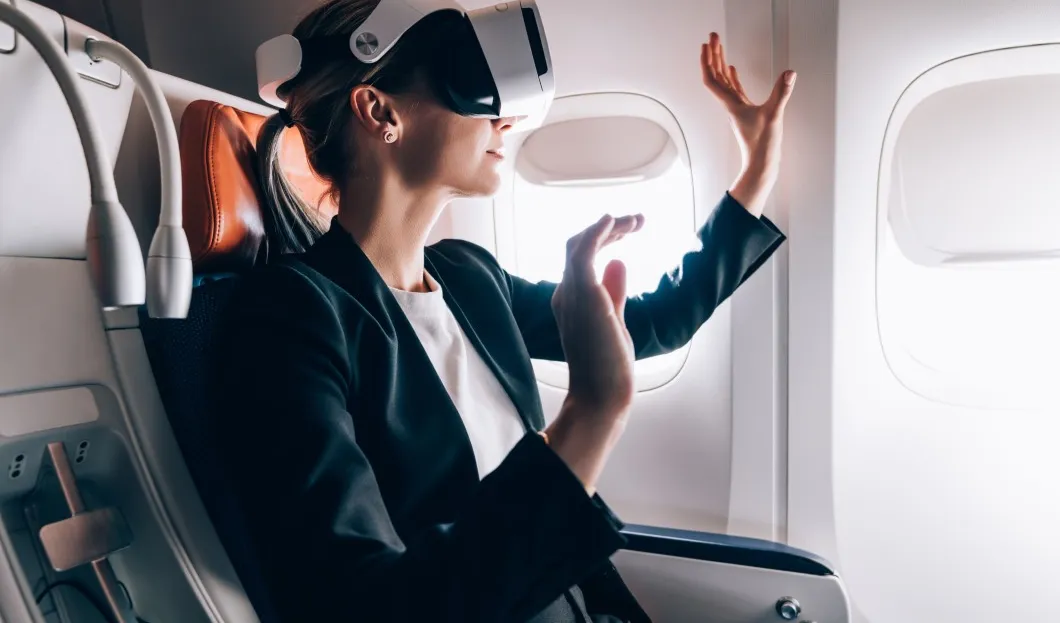
How will the future of travel look like? This is a question that many have asked amid the Covid-19 pandemic which has led to an unprecedented crisis within the industry. There will most definitely be some changes, but what will stay the same? Which technologies in travel have a future in the post-Covid-19 world?
Digitalization of Business
Unlike recreational travel, it is a real question of whether business travel will return in its pre-coronavirus form. Trips around the world for conferences may soon not be necessary due to the rapid growth of the use of video conferencing.
One of the main benefits of meeting online is saving money for companies during a very tough economic moment. Moreover, they will also not have to deal with liability issues connected with sending employees to conferences in the midst of a pandemic.
However, the rising popularity of video conferences has also taken its toll on another key player in the tourism sector – air travel. Business travelers represent an important customer base for airlines and their decrease will likely represent yet another financial blow.
More Flexible and Safe Airlines
Speaking about airlines, they will have to come up with more flexible and creative ways to regain the trust of customers in the post-covid-19 travel world. Artificial intelligence and big data are the way forward to collect feedback from them as soon as possible and create a relationship of loyalty between the provider and the customer.
These technologies can also lead to a more effective and personalized approach and tailored offer in a somewhat price-sensitive context.
Moreover, many technologies related to safety could remain even in the post-pandemic period. As after 9/11, passengers seem to be willing to sacrifice some parts of their “freedom” in exchange for more safety and a healthier environment.
For example, airports have been using technologies like body-heat sensors to find potentially infected people. Temperature measurement has also become a regular occurrence and some airports have even introduced virus tests for arriving passengers.
Another step towards “safer” airplanes could be using technologies to disinfect them. For example, the subway in New York City is currently disinfected using ultraviolet light and this could also be the future of airlines.
More Steps forward Necessary
After the rapid spread of Covid-19, companies and governments started purchasing many technologies to identify potential virus carriers. One of these was thermal scanners, despite the fact that their primary use is not for measuring a person’s temperature.
Thus, scientists have a task to develop technologies that are meant for use on and by humans, analogically to the introduction of x-ray machines after 9/11. At the same time, however, there is a fear that these technologies could create privacy and freedom concerns.
Airlines will need to show creativity and flexibility in implementing new technologies to return to the pre-pandemic revenue levels. At the same time, however, they will need to reduce costs with various measures, from staff cuts to the reduction of in-flight services. All in all, difficult times are ahead, but also a time of opportunities and possibilities for innovation.










